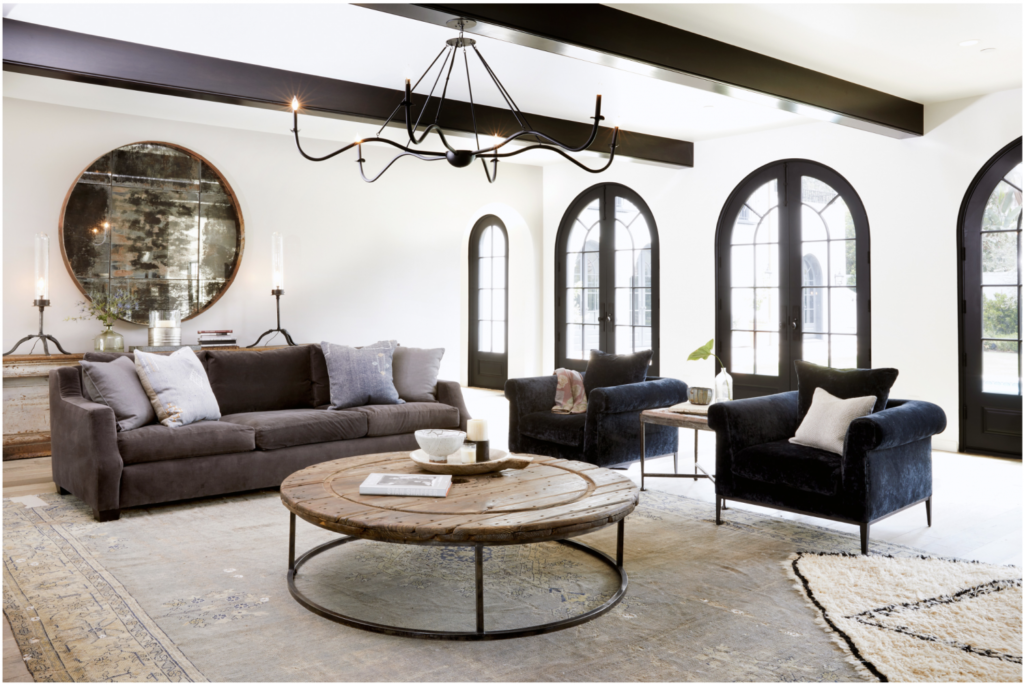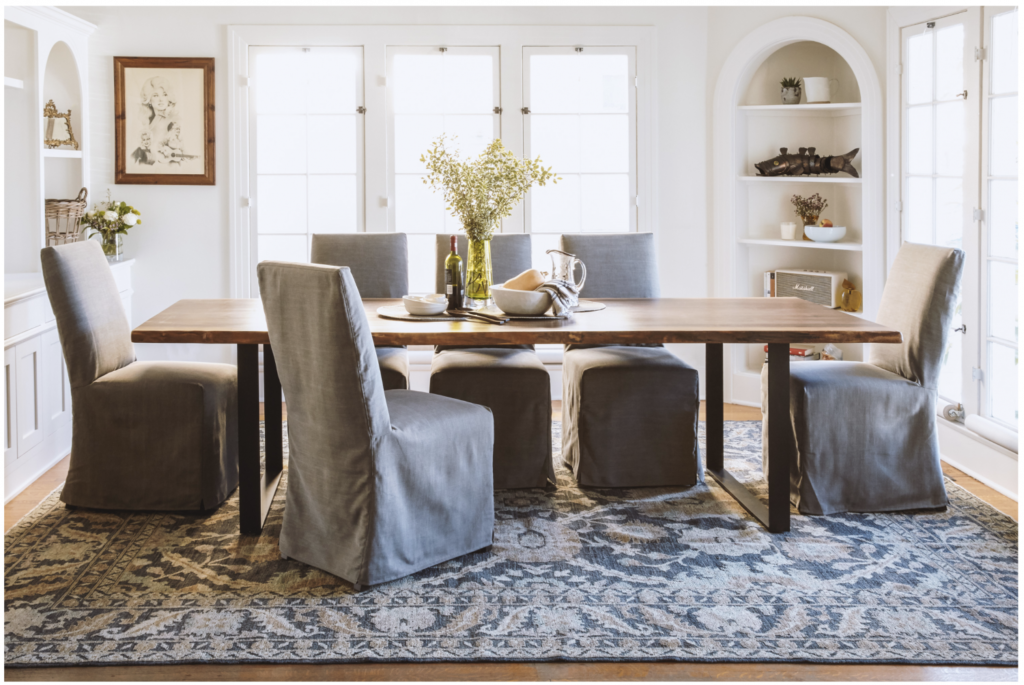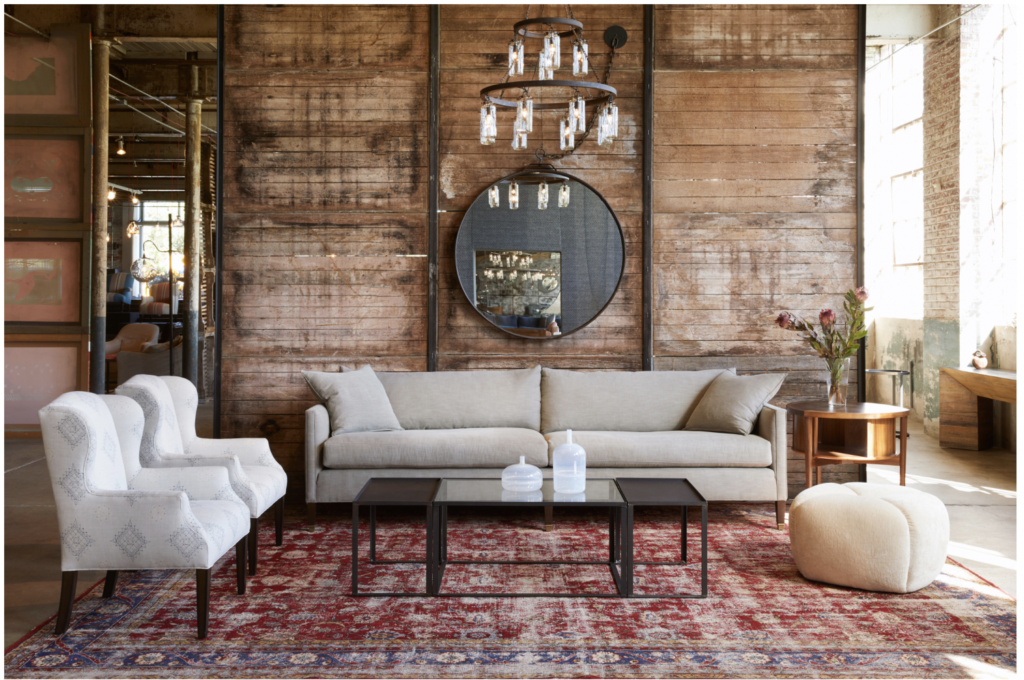It’s not hard to see why so many people have been bitten by the green bug.
Coast to coast, consumers are realizing that green homes can sell faster — and for more money — than non-green homes. And consumers have discovered that families living in green homes are often happier, healthier and more productive as well.
So you’ve bought a green home, but now what? As homebuilding professionals, we can take an active role in educating the consumer on what it means to live green beyond buying a green home and help our customers live whole-picture healthy lives.

What We Breathe
While a crucial component of being green is the sustainable use of resources and having a low environmental impact, another piece of the puzzle is the impact installed products have on the health of the residents.
In a country where we statistically spend 90 percent of our time indoors, it’s concerning that the EPA has found that indoor environments are typically two to five times more toxic than the outdoors.
So, what’s causing this? One factor is the presence of volatile organic compounds (VOCs), which are commonly found in standard home-building materials, such as adhesives and finishes.
Another consideration is the airtightness of many new buildings. Older buildings often had plenty of natural ventilation and ample window area, which served to limit accumulation of air pollutants. Newer buildings, on the other hand, are more likely to be airtight, which can help to improve energy efficiency but can also create the conditions for higher levels of air pollutants, like VOCs.

Especially for new homes with tight envelopes and without fresh air ventilation, these toxic vapors remain in the home, are absorbed into furnishings and finishes, and can cause health problems over time.
Now that you know the problems, how can you help?
Consider the Contents
If we build a green home for our client, and then they fill it with furniture that is made with toxins, the wellness circle is detrimentally disrupted. Furniture and furnishings are responsible for a large part of indoor pollution because they are frequently filled with added formaldehydes and other VOCs. Fabrics from upholstered goods are traditionally filled with chemicals to retard stains and flammability, while the frames and cushions are filled with glues, resins and other off-gassing finishes. This applies to all types of furnishings from upholstered items, to case goods, and even area rugs.
Instead, look for brands that are flame retardant-free and fully recyclable, and those that use water-based adhesives and finishes. Seek out quality furnishings that are smart, healthy and responsible by choosing companies that use solid and Forest Stewardship Council-certified wood, certified organic textiles, natural latex, jute, hemp, wool, goose feathers and down. In addition to offering comfort and durability, these products can be inherently flame retardant without the use of chemicals.
In the event that a person is allergic to any of these natural materials, or a byproduct thereof (like dust mites who love down), there are some conscientious manufacturers that offer certified non-toxic and synthetic alternatives.

Living green post-purchase
There are also some misconceptions about the meaning of building and living green.
One of the biggest relates to the word “natural.” Many believe that this word suggests a product is safe to use or eat, but this isn’t always the case. For example, radon, lead and mold are all naturally occurring but highly toxic.
Another misconception is the belief that if a home is built in a healthy way, then a healthy environment is ensured. While a built green home with adequate fresh air ventilation helps at the onset, it’s up to the homeowner to maintain a clean and green home that is healthy and well-maintained for its occupants.
Maintaining the long-term health of the building long after it is finished is hugely important to having a healthy home. This means implementing suggested behavioral strategies such as using nontoxic cleaners, locking up chemicals, cleaning vents and ductwork regularly, removing shoes and doing a deep clean twice a year.
Armed with these tools, it’s possible to not just build, but live green.
Sean D. Sullivan is an Accredited Master Builder and the president of Living Stone Design+Build. He was selected as the Certified Green Professional of the Year in 2016. Sean and his wife, Laura K. Sullivan of ID.ology Interiors & Design, have combined their passion for quality and green living by launching a retail store featuring healthy furnishings. Connect with Sean at livingstoneconstruction.com.
You can also view this article as it was originally published on pages 46-47 in the 2019-2020 edition of the directory.

